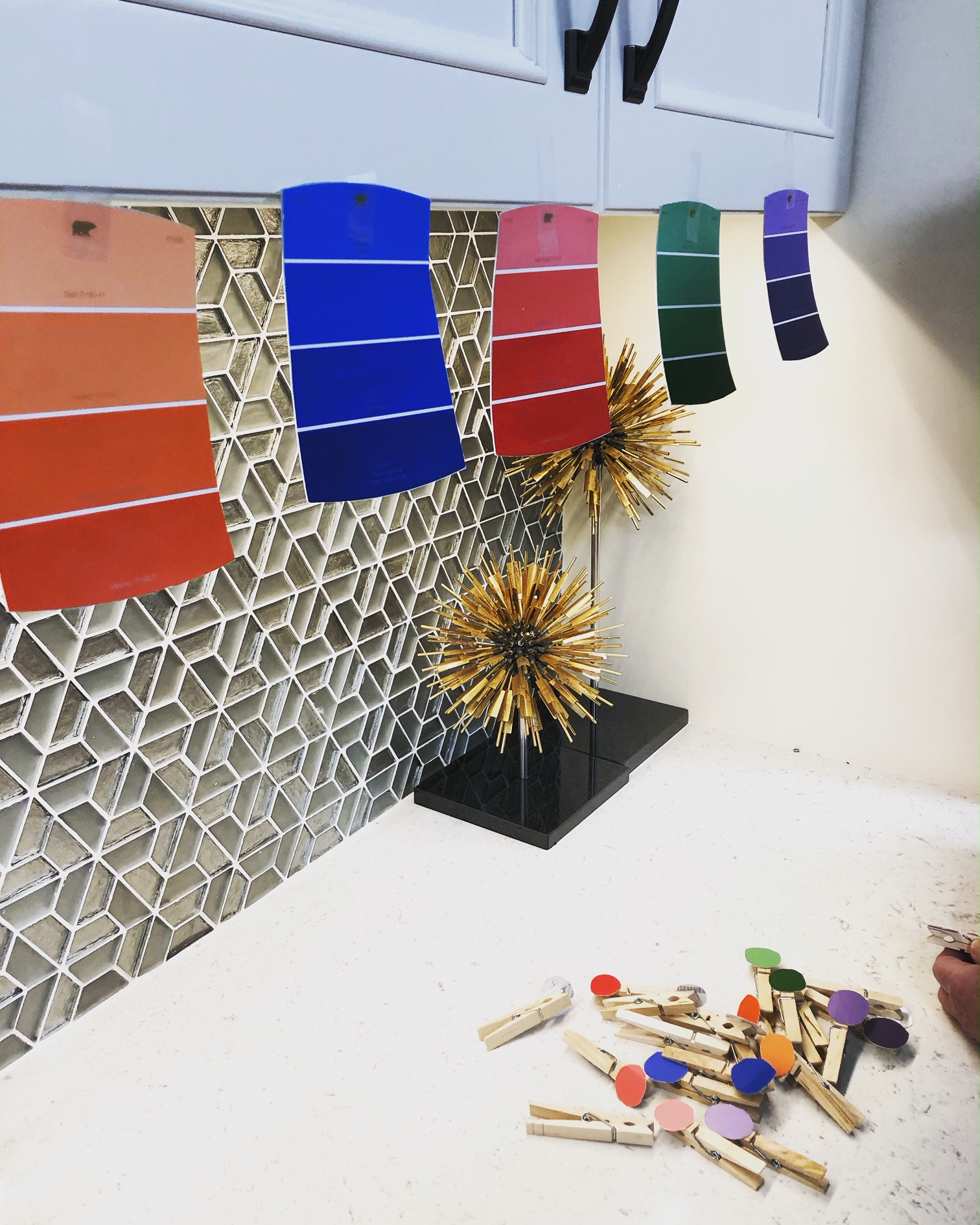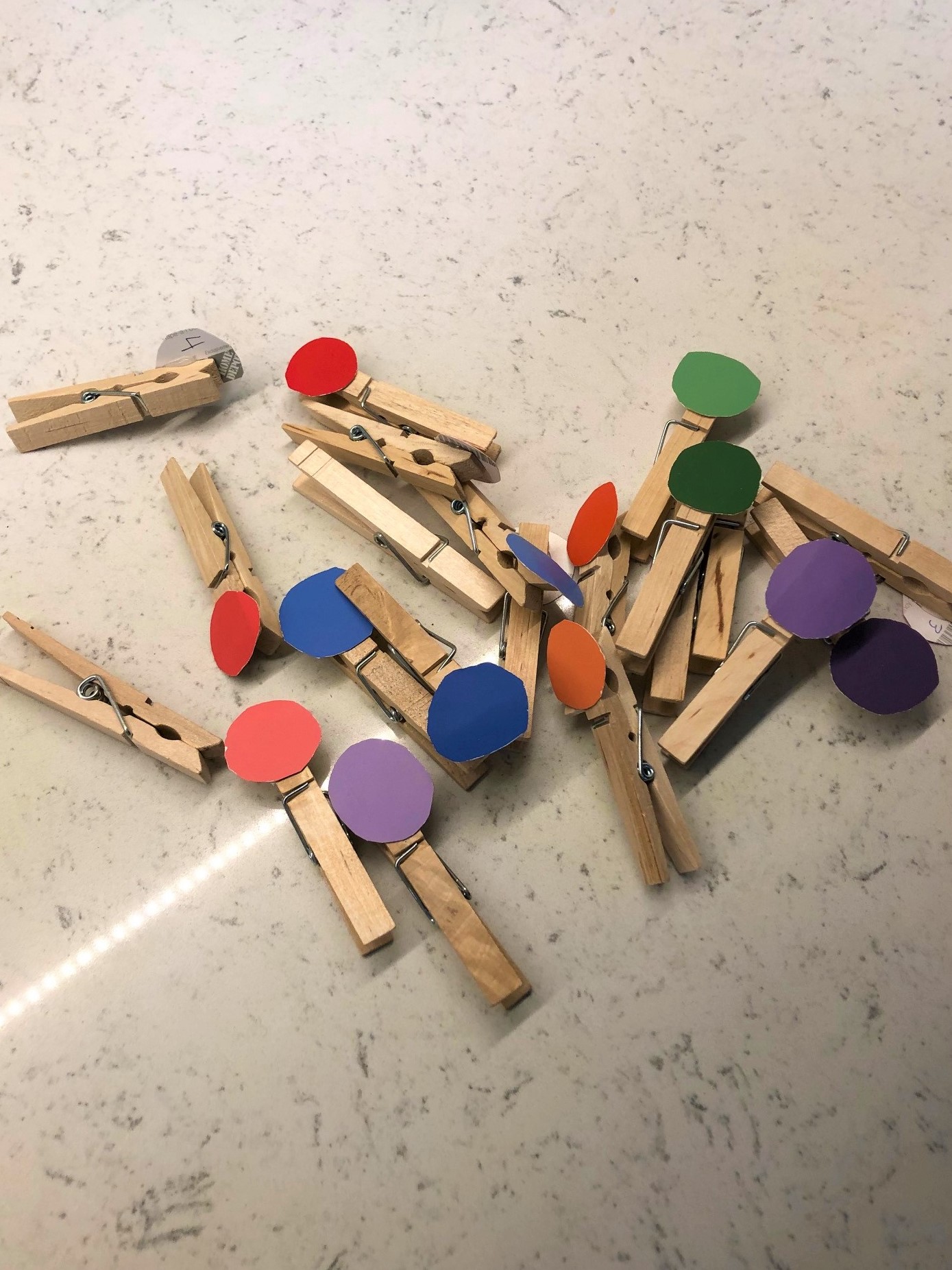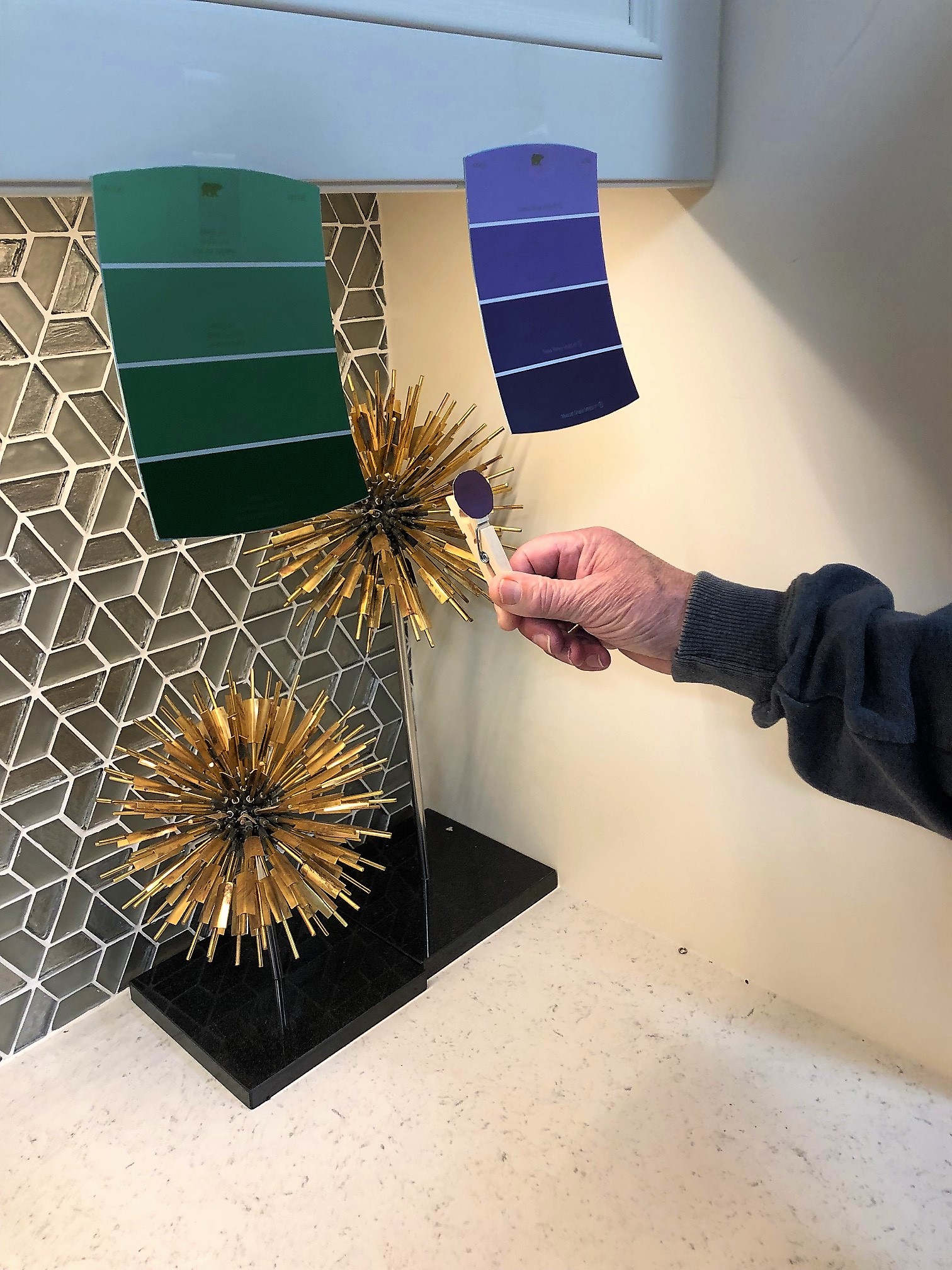How To Upgrade A Peg Board Activity

Peg Boards - Good or Bad?
One the main goals we strive to achieve as clinicians is to choose functional activities for our patients to engage in. Pegboards and cones have been a more controversial topic in the past few years, especially in occupational therapy. I read an interesting article by Glen Gillen, EdD, OTR, FAOTA a few months ago and it truly made me rethink how I treated my patients. If you would like to know what article I am referencing, DM us on @thenoteninjas on Instagram!
With that being said, I still believe a pegboard is a useful tool that can be used to promote fine motor coordination skills and also visual perceptual skills.
How to Upgrade
Here are some ideas for you to upgrade a regular pegboard activity:
- Draw different patterns on boards and have patient input pegs following pattern
- Cue to input pegs by color
- Have patient stand on balance pad
- Attached pegboard to wall at greater than arms length to promote functional reach and reach outside base of supp...
Documenting Medical Necessity When Ordering A Walker or Rollator

Ordering Assistive Devices
A major role we play in our patient’s treatment is ordering necessary equipment and assistive devices. In order to order any type of equipment to be covered by medicare, we must document medical necessity.
Medical Necessity
A face-to-face evaluation is the first thing to take place. During this initial visit, you will evaluate your patient for mobility needs and determine what type of assistive device they need to maximize safety and independence. The next question to answer is what causes mobility limitations? You may document that your “patient has mobilityy limitations due to diagnoses of unsteady gait, fall risk, and osteoarthritis and is incapable of independent mobility without AD.”
Next, answer what activities of daily living are prevented due to the mobility limitations? “Diagnoses of osteoarthritis prevent patient to go from bathroom for dressing and toileting in a reasonable time.” Note that the use of a walker will allow patient to go from be...
Teaching Body Mechanics and Safety

Education
When teaching your patient proper body mechanics and trying to increase their safety awareness, sometimes verbal instructions are simply not enough. We need to think out of the box in order for them to understand correct body mechanics and safety techniques for their functional activities.
Technique
For this activity, you can print pictures online of correct and incorrect positioning and body mechanics. Then, have your patients flip over the picture that shows the incorrect way of performing an activity until only the correct pictures are facing up. This is a great activity to have your patient perform during their initial evaluation in order for you to gain insight into their safety awareness. You can even turn it into a goal by writing “patient will score 5/5 on safety awareness activity in 90 days in order to decrease falls risk.”
If you haven't yet, make sure to download our FREE PDF with skilled care documentation tips HERE!
To view our clinical favorites that yo...
How to Write Assessment Statements

Assessment Statements
When writing an assessment statement make sure it is detailed, shows your skill and is functional.
Examples of POOR Assessment Statements
- Gains are increased distance with ambulation and improvement of caregiver being able to assist patient secondary to progressing dementia symptoms.
- For this assessment you would want to add the distance ambulated and where they can get to now.
- Skilled care is required to continue with skilled PT or OT to improve quality of life and reduce amount of assistance required from caregiver.
- For this assessment it is too global of a statement (make it more specific) and make sure to add in function.
Examples of GOOD Assessment Statements
- Pt with slow progression secondary to hindrance to rate of recovery and poor carryover of skilled training with transfers and ambulation secondary to poor cognition, frequent mood fluctuations causing low motivation at times due to progressing dementia.
- Pt’s hindrances of...
How to Avoid Being Sued

Is Being Sued Common
These days fear of being sued is a big discussion in the medical community. I don’t want to get into how sad I think it is we have to worry about this while doing our job (if we know we are doing what is best for our patients.) But it happens.
A study by Beckman et al in the Archives of Internal Medicine revealed that 71% of patients who sued said it was because of poor relationships as the main reason.
- 32% felt deserted
- 29% felt devalued
- 26% felt information was delivered poorly
- 13% felt lack of understanding by clinician
How to Avoid Being Sued
To help avoid your chances of being sued make sure you are doing the following:
- Work on establishing a good relationship with all of your patients. Make sure to listen to them. Treat them like a friend. Really get to know them and establish a trust between you.
- Document and code services appropriately. Remember write your notes like they are being read in court.
- Make sure you have liability insurance (it w...
Color Swatch Activity

Affordable and Easy Treatment Idea
Coming up with new treatment activities does not have to be expensive or difficult to make. This activity is so easy to create and costs next to nothing! It can be used to treat a variety of deficits and works on so many different skills.
Why use this activity?
I personally love this activity for working on visual perceptual skills and with patients with cognitive decline. It can also help improve fine motor coordination skills, functional reach, and balance
How To Make It
To create this activity, simply go to your local hardware shop and get a few paint swatches - they’re free! Make sure to get two of each sample so you can cut out the different colors. Next, cut out a small sample of each color. After you have each color cut out, hot glue the color cut outs to clothespins.
Have your patients match the clothespin to the correct color shade on the second set of color swatches.



Showing Your Skill
To show your skill, be sure to docume...
Using Your Patients Favorite Hobby and Showing Skill

USING YOUR PATIENTS FAVORITE HOBBY
This patient is very hard to motivate to come to therapy, however, is a high fall risk so really needs to come.
In order to improve participation and motivation I incorporated his favorite hobby into our treatment sessions, golf.
Golf is such a great activity to work on balance with and he loved doing it.
Showing Skill
To show my skill with this activity I progressed it as appropriate with first starting on the even floor then to a foam pad and then to balance discs.
And remember performing the same activity every time with the same cues does not show skill and therefore is not reimbursable through Medicare. For a skilled documentation cheat sheet go HERE!
Do you know other therapists that could use more ideas for client-centered treatment? Make sure to share this post and follow us and tag them on Instagram www.instagram.com/thenoteninjas
To view our clinical favorites that you can purchase on Amazon, CLICK HERE
Journal Club

Providing Evidence Based Practice
Do you participate in journal clubs? No? Well you should! Our professions thrive on being able to provide evidence-based practice. One of the best ways to to get up to date research is to participate in frequent journal clubs on various topics with other physical and occupational therapists.
Journal Clubs
We like to attend journal clubs monthly with other clinicians on our team or with our students. If you are a member of your national association (AOTA or APTA) you should have access to tons of free research articles. You can meet in your facility, a local coffee shop or hold a phone conference.
Stay up to Date with Current Practice Trends
Journal clubs are an easy way to learn about current practice trends. It is important to document in your treatment sessions that your treatments are supported by research. This will also help you to produce better outcomes for your patients.
When hosting a journal club, you take on a leadership role and...
Documenting Prior Level of Function

During the Evaluation
During an evaluation you must document your patients prior level of function.
In this documentation write how long ago the patient was at this level. I usually try for a time span of 1 year or less.
Make sure to document all areas you could be focusing on during treatments. If you are unsure for is you will be working on stairs still document prior level.
Be Specific
During transfers make sure to provide what type of transfer it was. For example sit to stand, stand pivot, squat pivot, etc.
Also for transfers document the surface such as from a toilet, recliner, bed, sofa, etc.
With ambulation make sure to write what assistive device they were using such as a rolling walker or quad cane. Include type of surface such as carpet, wood, uneven. Also include the distance and if they only ambulated that distance in the home document that or if they were going out into the community include that.
And we know documentation can be brutal
That’s why we wrote a docum...
Holiday Card Making

Festive and Fun Treatments
To get in the holiday spirit we like to have our patients participate in fun and festive activities. Today, one of my patients was complaining about how she has trouble holding a pen and that her handwriting has not been good. I used her comment in the subjective component of my treatment note and proceeded to tell a story (see yesterday’s post) for today’s session in my documentation.
Treatment
I had her write out a list of people she needs to send Christmas cards to and then she chose one person to make a card for in today’s session. I pulled up some holiday card templates on my laptop and instructed her to scroll through and pick out a template she liked.
Linked HERE!
We then printed the template and I had her ambulate to the supply closet and cabinets to retrieve all the necessary tools to decorate her Christmas card. I had Christmas music playing the whole time and she was so happy to be creating her own card that she didn’t even feel like she...
